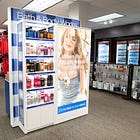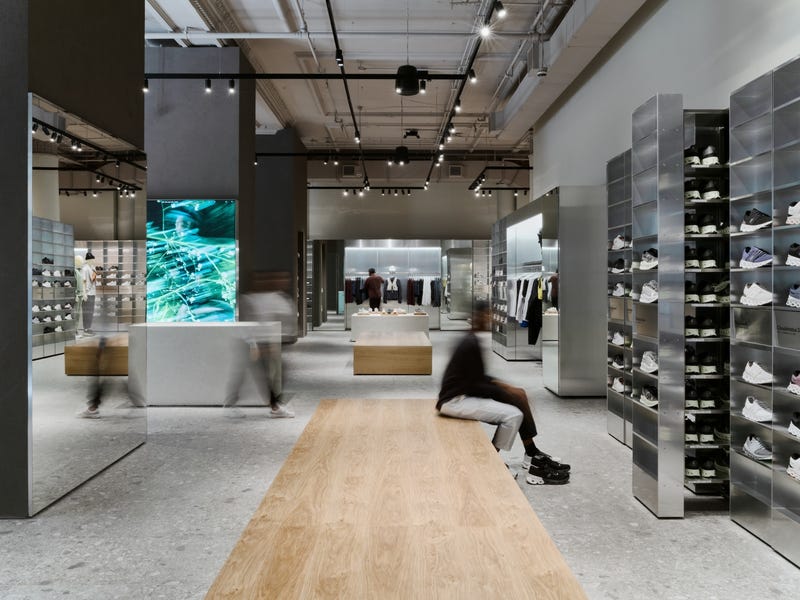CEO spotlight:Martin Hoffmann, CEO of On🏃🏻♀️
It's one of the hottest sneaker & sportswear brands in the market. I spoke with Martin Hofmann, CEO of Swiss sneaker brand On, about the brand's popularity, global markets, tariffs and more.
For decades, popular sneakers carried instantly identifiable brand markers, like a swoosh, or three parallel diagonal stripes. Other labels have joined the party.
One example: the head-and-shoulders-like logo and honeycomb-evoking soles on shoes from Swiss brand On Holding ONON 0.00%↑, which reported 2024 sales that grew nearly 30%. The company reported its latest quarterly earnings in August, turning in midyear results that exceeded investors’ expectations.
I spoke with CEO Martin Hoffmann in a pair of interviews for Investopedia, one shortly after the release of the data and the other in the weeks that followed. Highlights from those interviews, which covered tariffs, global markets, and more, have been edited and consolidated for brevity and clarity.
How is On navigating the tariffs landscape, given that a majority of its footwear is made and imported from Asia?
Whether we’re facing tariffs or a pandemic, it’s important to know what you stand for as a brand. We’re still growing fast as a premium brand. The combination gives us many opportunities to be able to offset the impact as a company as we bring new products at a higher level of innovation and at higher price points.
It’s also super important for me to focus on the long term and not make any kind of short-term moves here. Our mission is to grow both top line and profitability and we will continue doing that.
We’re still growing heavily in volume, so we are getting better prices from our factories. This means we can digest some of the costs ourselves, pass on some into the supply chain.
Tariffs are nothing new for the industry, actually. Many people don’t know, but we have always been paying around 20% import duties on imported products from Southeast Asia ever since the company exists. And now that number goes up to 40%, because it’s 20 plus 20. But we have always been exposed to tariffs.
And at the same time, being that premium brand and also being a fast-growing brand, just gives you so many more opportunities to compensate for that, versus maybe being a brand that doesn’t grow that much and has less opportunities to also work on the premium side.
Are you going to try not to pass those additional costs on to consumers?
There are multiple opportunities and levers we can pull. We would never increase prices just because of tariffs. I think for us, as a premium brand, you want to maintain a certain position in the market, also versus your competitors.
Bringing innovative products to the markets allows you to also ask for higher prices, but at the same time, we’re still growing heavily in volume, so we get better prices from our factories. We can still do a much better job in lowering our freight costs and being more efficient there.
How important is the US market for On?
The power of the brand comes from its global presence. This really started at the beginning. There are only 8 million inhabitants in Switzerland, so you can’t build a global brand if you just stay here.
On is quite unique compared to many brands that were founded in the U.S. and could have basically stayed just in this market for the first 10 years because it was big enough.
For us, the Swiss mindset is very global. This allows us many pillars for growth. We entered the U.S. in 2013 and China in 2018, so in the U.S. we are five years more advanced than in China. This allows us to balance and manage our growth very effectively.
Of course, the U.S. is the largest running market in the world and the largest sportswear market. For us, it’s 60% of our revenue. But in terms of importance, we wouldn’t separate the importance of the U.S. versus the UK, Germany, or China. I think they are all super important, but they are in different life cycles and stages of growth and need slightly different tactics.
—Read the full story on Investopedia







These shoes have taken over activewear around me. Great interview!